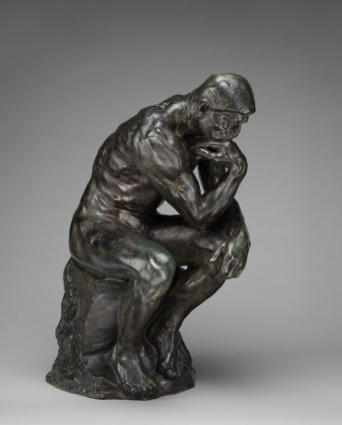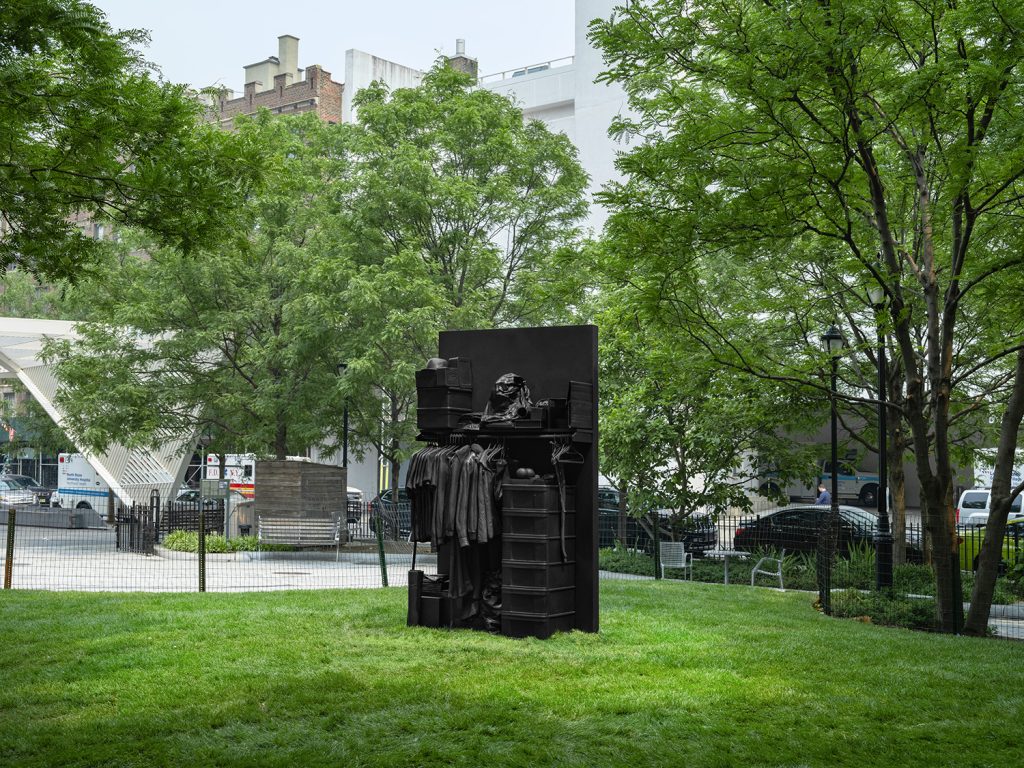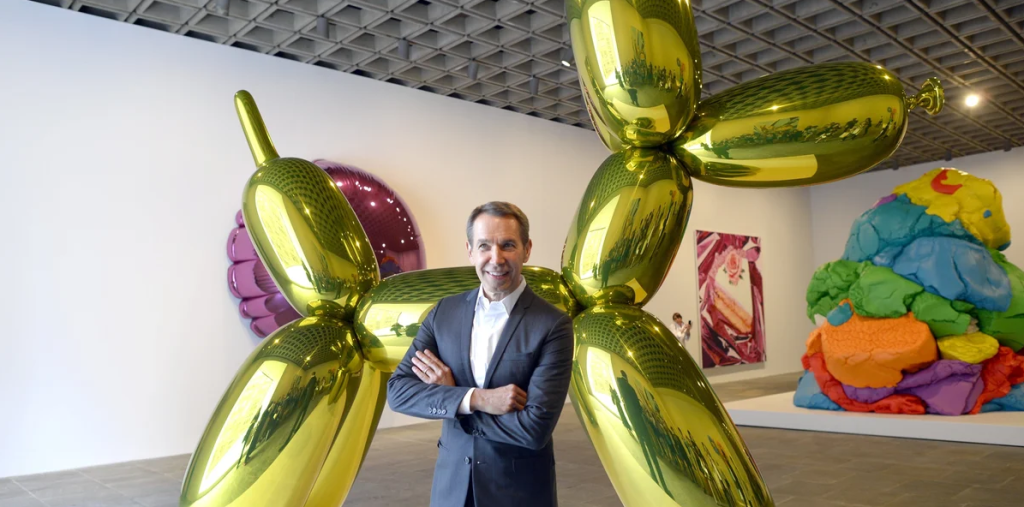Decoding Rodin: The Philosophy Behind ‘The Thinker’
Auguste Rodin’s ‘The Thinker’ is more than just a sculpture; it represents a deep exploration of human thought and philosophy. Born out of the turbulent social and cultural landscape of 19th-century France, this iconic work invites viewers to reflect on the nature of contemplation itself. Understanding its background and meaning helps us connect with our own thoughts and feelings in a profound way.
The Historical Context of ‘The Thinker’
‘The Thinker’ was originally conceived as part of Rodin’s larger work, ‘The Gates of Hell,’ inspired by Dante Alighieri’s ‘Divine Comedy.’ Initially intended to portray Dante himself, the figure evolved into a universal representation of intellectual struggle. Created during a period marked by rapid industrialization and social upheaval, the sculpture captures the tension between creativity and the pressures of the modern world. Rodin’s exploration of the human condition resonates with anyone facing existential questions, making ‘The Thinker’ relevant even today.
Symbolism and Expression in the Sculpture
The pose of ‘The Thinker‘ is iconic: the figure sits with his chin resting on one hand, deeply immersed in thought. This posture symbolizes meditation and introspection, inviting viewers to pause and engage with their thoughts. Rodin’s attention to detail, from the muscle definition to the furrowed brow, emphasizes the intensity of the thinker’s contemplation. The raw, unpolished surface of the bronze also reflects the complexity of thought, suggesting that ideas and feelings are often multifaceted and challenging to articulate. This compelling portrayal encourages us to embrace our own moments of reflection.
Philosophical Interpretations of ‘The Thinker’
Many scholars and art enthusiasts interpret ‘The Thinker’ as a representation of the human struggle with knowledge and existence. As the figure embodies a deep concentration on philosophical inquiries, it has been associated with existentialism and the search for meaning in life. Rodin’s work encourages us to confront our own beliefs and uncertainties, making ‘The Thinker’ a timeless reminder of the importance of self-exploration. In a fast-paced world, taking a moment to “think” can lead to greater understanding and personal growth.
In Conclusion
‘The Thinker’ by Auguste Rodin invites us to delve into the complexities of thought and existence. As we navigate our own lives, embracing moments of contemplation can provide clarity and insight. Whether you are an art lover, a philosophy enthusiast, or simply seeking to understand yourself better, exploring the depths of Rodin’s work can be profoundly rewarding. Take a moment today to reflect on your thoughts and join the enduring conversation sparked by this masterful sculpture.


